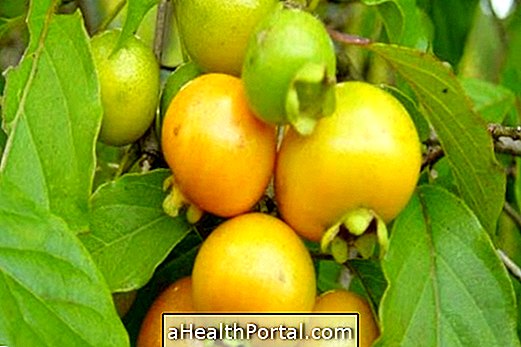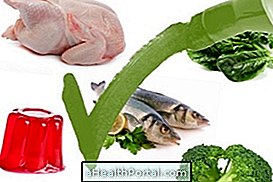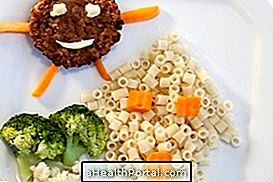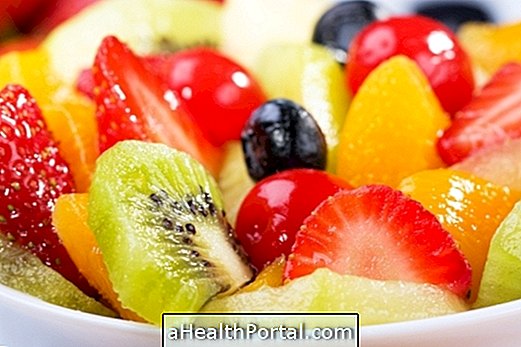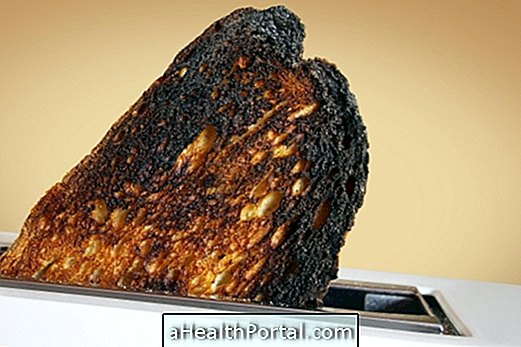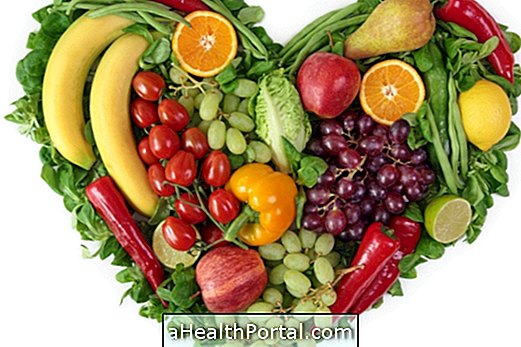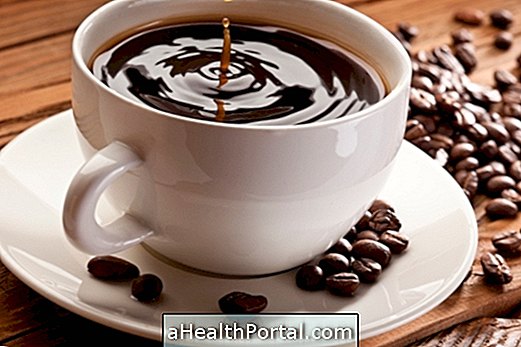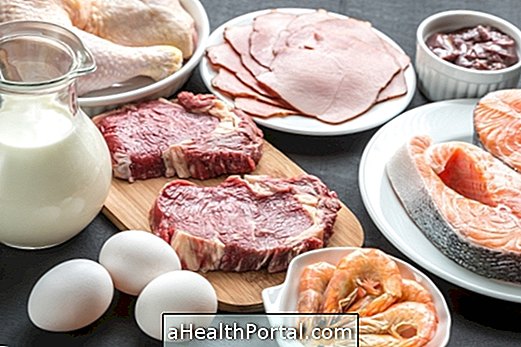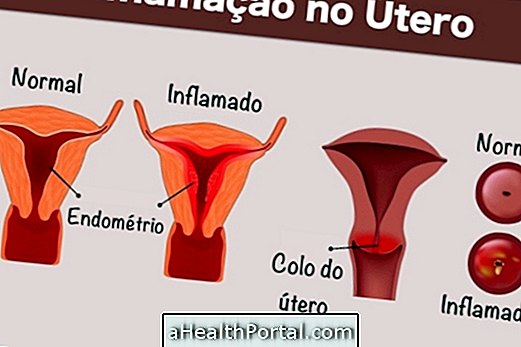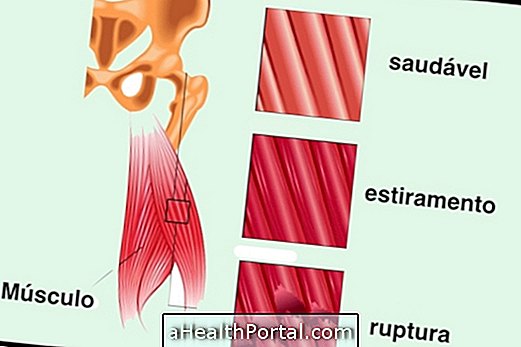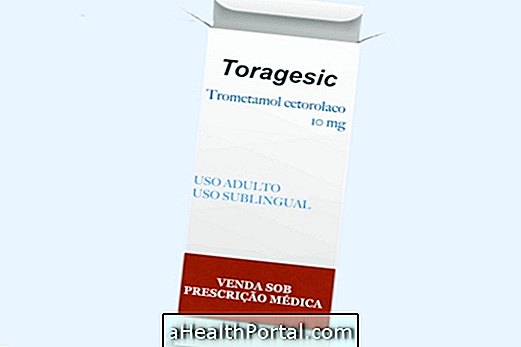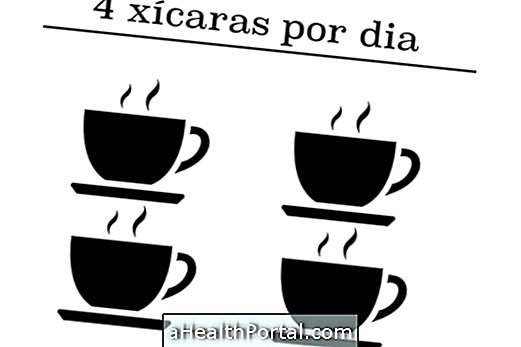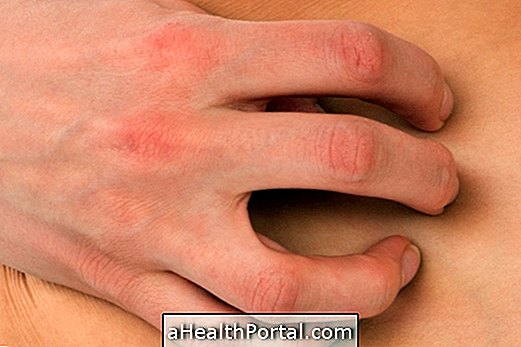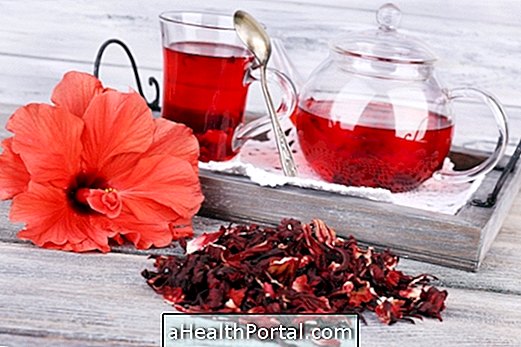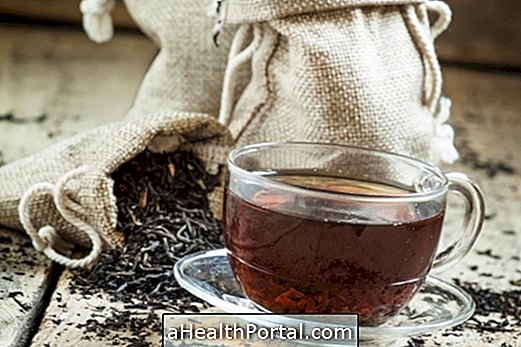Peanut is an oily fruit from the same family of chestnuts, walnuts and hazelnuts, and is rich in good fats like omega-3s that help decrease inflammation in the body and protect the heart.
This fruit is widely used in various culinary preparations, such as desserts, snacks, cereal bars, cakes and chocolates, and is easy to find in supermarkets, small grocery stores and food stores.
Thus, regular consumption of peanuts brings the following health benefits:
- Prevent heart disease by containing resveratrol, the same protective substance found in wine;
- Prevent atherosclerosis, because it contains monounsaturated fat, which lowers cholesterol;
- Prevent cancer due to the presence of resveratrol, vitamin E and phytosterols;
- Prevent premature aging by being rich in antioxidants;
- Maintain muscle health and promote muscle contraction by containing magnesium and potassium;
- Source of energy, improving performance in training and favoring hypertrophy and muscle recovery;
- Improve mood and reduce stress by containing tryptophan, a substance that favors the production of wellness hormones;
- Prevent anemia and decrease the risk of malformation of the baby by containing folic acid.
To get these benefits, one should consume from a hand full of peanuts or 1 tablespoon of the pure peanut paste 5 times a week. Also see how to use Peanut Paste to gain muscle mass.
People prone to oily skin should avoid eating peanuts in adolescence because it tends to aggravate skin oils and acne. In addition, in some people peanuts can cause heartburn.
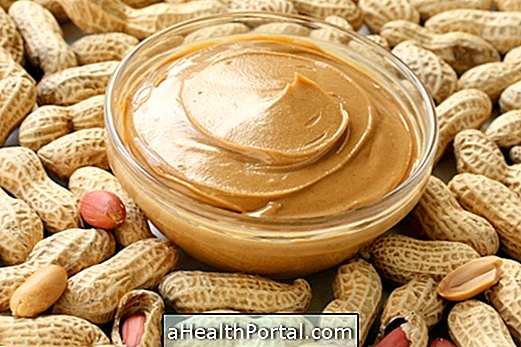
Peanut Nutrition Information
The following table shows the nutritional information of 100 g of raw and roasted peanuts without salt.
| Composition | Peanut Raw | Roasted peanuts |
| Energy | 544 kcal | 605 kcal |
| Carbohydrate | 20.3 g | 9.5 g |
| Protein | 27.2 g | 25.6 g |
| Fat | 43.9 g | 49.6 g |
| Zinc | 3.2 mg | 3 mg |
| Folic acid | 110 mg | 66 mg |
| Magnesium | 180 mg | 160 mg |
How to consume
The peanut should be consumed preferably fresh, as it has higher contents of resveratrol, vitamin E and folic acid, being poorer in salt. A good option is to buy it raw and toast it at home, putting it in medium oven for 10 minutes. To make the paste, simply crush the peanut in the blender until it is creamy.
However, due to its high calorie content, it should be consumed in moderation by following the recommended amount of just the amount that fits in the palm eventually. See also all the benefits of Brazil nuts.
Paçoca Light Recipe
Ingredients
- 250 g roasted and unsalted peanuts
- 100 g of oat bran
- 2 tablespoons butter
- 4 tablespoons light sugar or sweetened culinary powder of your choice
- 1 pinch of salt
Method of preparation:
Beat all the ingredients in the blender or processor until smooth. Remove and shaping, kneading the mixture until it is in the desired shape.
Peanut is also widely used for muscle hypertrophy associated with strength training to gain muscle mass.
Other foods that improve mood
Watch in the video below what are the other foods that also improve mood:

